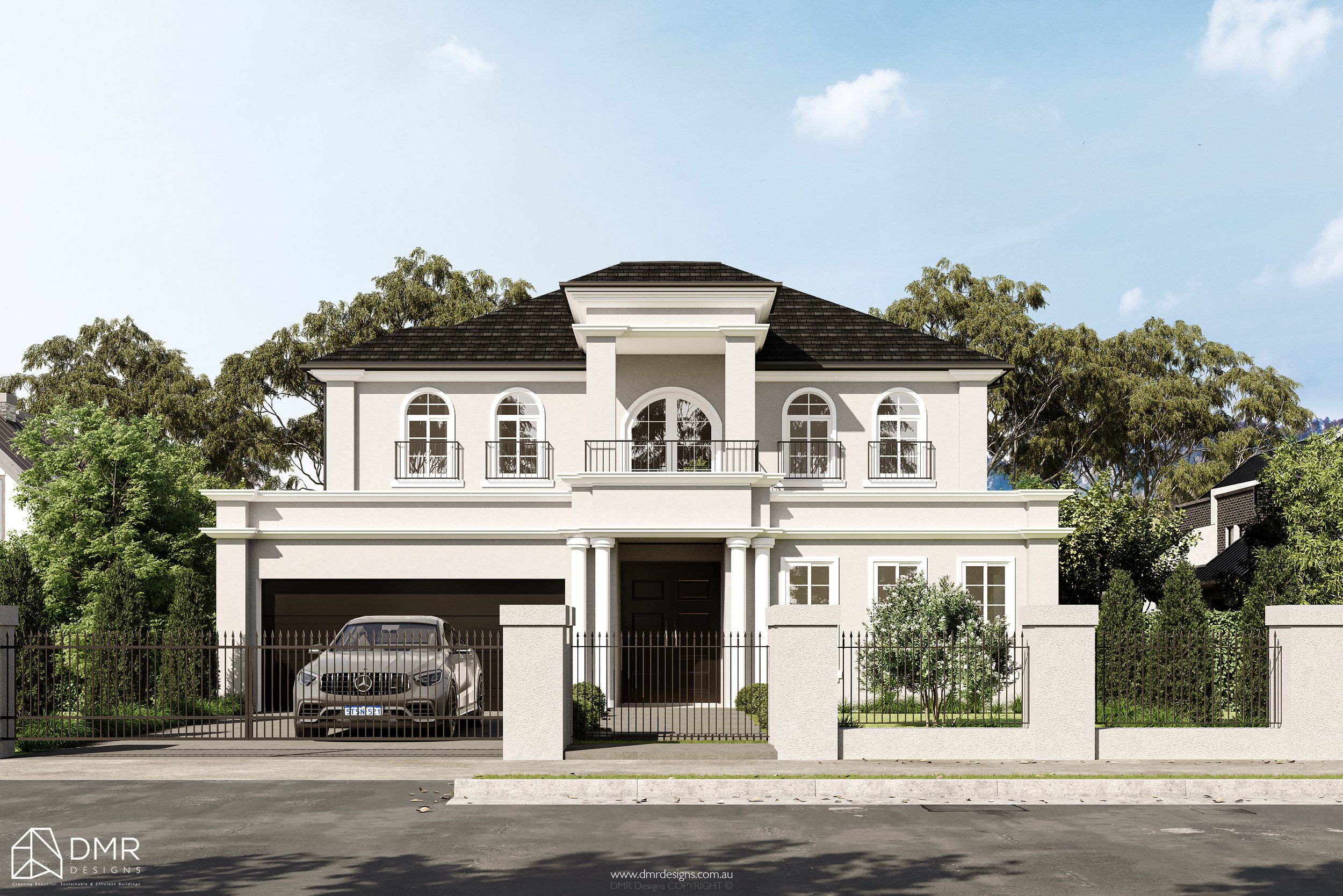When you live in Australia, you know how unpredictable the weather can be — scorching summers, chilly winters, and everything in between. So, when it comes to building or renovating your home, good design isn’t just about style — it’s about comfort and energy efficiency all year round.
With a few smart design choices, you can create a home that stays naturally cool in summer, warm in winter, and comfortable through every season — without relying too much on air conditioning or heating.
Here’s how to design a home that truly works with the Australian climate.
Orientation: Make the Sun Your Friend
The way your home is positioned on your block makes a huge difference.
Face living areas north wherever possible — you’ll get beautiful sunlight in winter and natural shade in summer.
Use eaves, pergolas, and awnings to control sunlight — they block harsh rays in summer but let the warmth in when you need it.
Think about window placement. Larger windows on the north side and smaller ones on the east and west will help manage heat and light naturally.
Getting orientation right means your home will feel brighter, warmer, and more inviting — without the extra energy bill.
Cross-Ventilation: Let the Breeze In
There’s nothing better than a natural breeze flowing through your home on a hot day. Cross-ventilation helps cool your home without turning on the air con.
Position windows and doors opposite each other so air can flow freely.
Include louvres or sliding doors that you can open wide on warm days.
Higher ceilings and vents help hot air rise and escape, keeping your home feeling fresh and airy.
When designed well, you’ll barely need to flick the switch on your fan — your home will do the cooling for you.
Thermal Comfort: Keep Temperatures Steady
Thermal comfort is all about keeping your home’s temperature stable — not too hot, not too cold. That starts with the right materials.
Use materials with thermal mass (like brick or concrete) to absorb heat during the day and release it at night.
Insulate walls, ceilings, and floors to keep warmth in during winter and heat out during summer.
Upgrade to double-glazed windows to reduce heat transfer and make your home quieter too.
These simple changes can make a huge difference in comfort — and your energy bills.
Designed for Everyday Living
Energy-efficient homes aren’t just smart — they’re enjoyable to live in.
Outdoor living areas designed with shading and breezes in mind mean you can entertain comfortably all year.
Native plants and smart landscaping help cool your outdoor spaces and blend beautifully with your surroundings.
Add smart home features like automated blinds or ceiling fans to make your home even more adaptable to the weather.
It’s all about designing a home that feels natural — working with the environment, not against it.
Bringing It All Together
When you combine the right orientation, ventilation, and materials, you create a home that’s not just energy-efficient — it’s healthier, more comfortable, and built to last. Designing with Australia’s climate in mind means you’ll spend less on utilities, reduce your environmental footprint, and enjoy a home that truly feels right in every season.
✨ Ready to Build Smarter?
Designing for the Australian climate means more comfort, lower energy costs, and a home that feels great to live in — every day of the year.
At DMR Design, we specialise in creating energy-efficient homes that are tailored to your lifestyle and location. Whether you’re building new or renovating, our team can help you design a space that’s both beautiful and practical.
Kick off your project with DMR Design — book a design consultation today!









